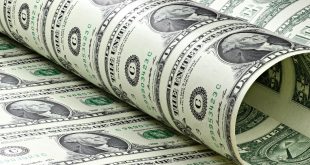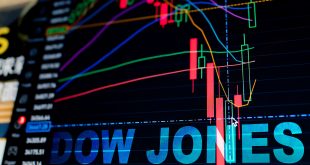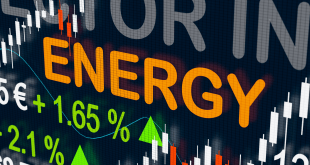The US stock market experienced significant turbulence following the April 2, 2025, announcement of mutual tariffs by the US administration, with institutional investors offloading stocks worth $19.52 billion through April 10, when a temporary suspension of these tariffs was enacted via executive order. This sell-off, spanning just over a week, outpaced the total sales recorded throughout the entire month of March, though it remained below the average divestitures seen in the previous year. Retail investors mirrored this trend, shedding $7.56 billion in stocks, bringing the combined institutional and retail sales to a staggering $27 billion in less than ten days, reflecting widespread unease about the potential impact of the tariffs on market stability.
Despite the heavy selling, certain players saw opportunity amid the volatility, with hedge funds snapping up $8.05 billion in stocks, while global index funds and exchange-traded funds (ETFs) purchased $9.07 billion worth between April 2 and 10. On the day of the tariff announcement alone, equity-focused investment funds acquired $1.31 billion in stocks, followed by an additional $751.9 million from April 3 to 8, and a hefty $7 billion on April 9 and 10, according to market data. Hedge funds, known for capitalizing on market dips, strategically bought at lower levels, particularly in the early days of the tariff-induced volatility, and likely reaped substantial profits as prices rebounded following the tariff suspension, culminating in a peak on April 10.
The trading activity highlighted a stark contrast in strategies across sectors, with institutional investors selling off $1.17 billion in financial sector stocks on April 2, while hedge funds countered by purchasing $1.27 billion in the same sector on that day. Between April 3 and 8, institutional investors largely avoided cyclical sectors such as industrials, financial services, IT, and discretionary consumer goods, whereas hedge funds stepped in to buy these assets, balancing the market dynamics. By April 9 and 10, ETFs emerged as dominant buyers, absorbing stocks across ten out of eleven major sectors, underscoring their pivotal role in stabilizing the market during this period of uncertainty.
The market’s reaction underscores the intense volatility triggered by the tariff announcement, which was the most significant shift in trader positions observed on April 2. While the initial fears of a sharp market downturn drove the massive sell-off, the subsequent tariff suspension alleviated some concerns, enabling opportunistic buying by funds. However, the overall market fluctuations since the tariff news broke have been far more pronounced than many had anticipated, highlighting the fragility of investor sentiment in the face of trade policy uncertainty, with ripple effects likely to influence market strategies in the weeks ahead.

 Noor Trends News, Technical Analysis, Educational Tools and Recommendations
Noor Trends News, Technical Analysis, Educational Tools and Recommendations




